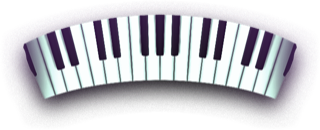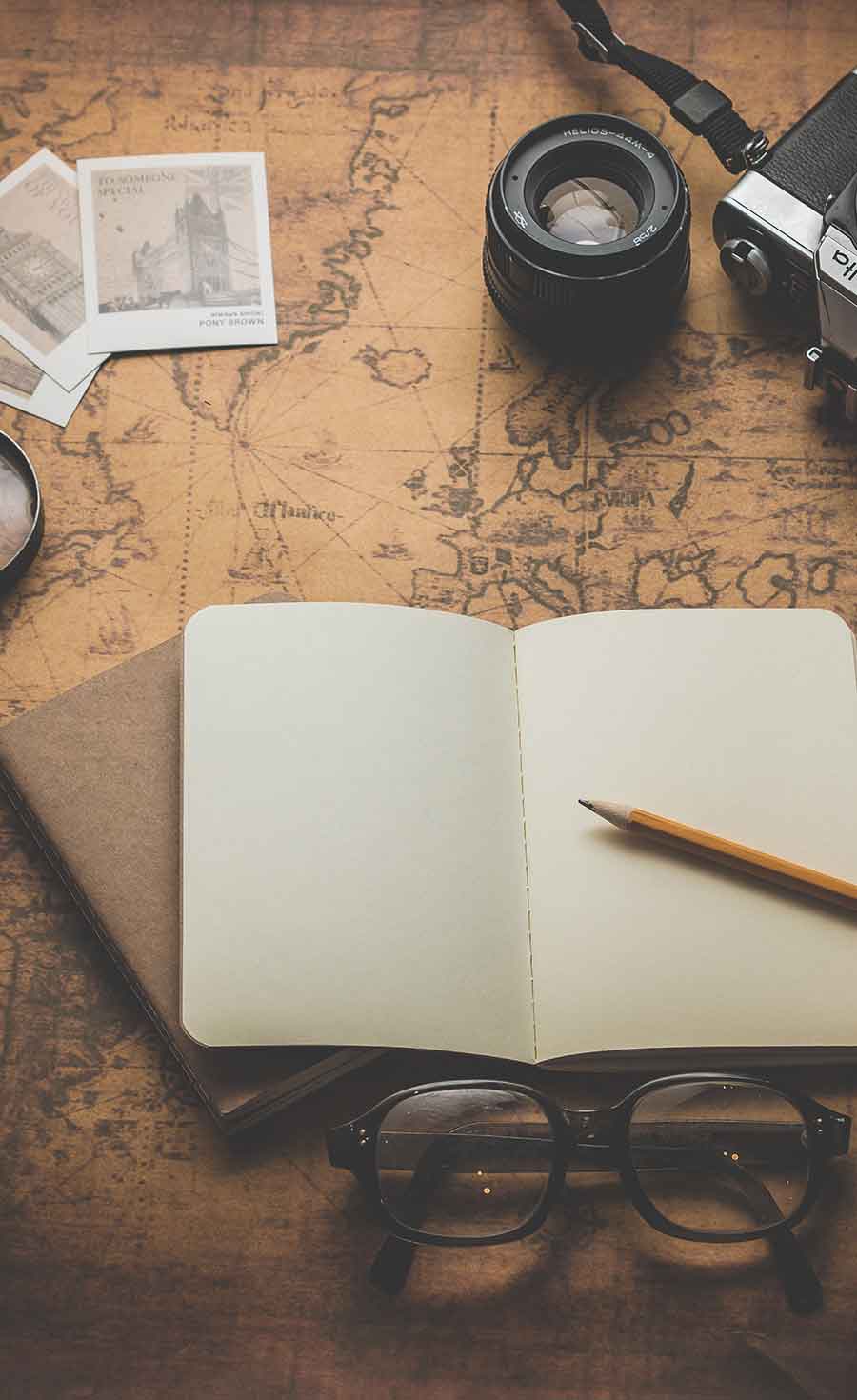Researching for Historical Fiction
This is the fourth in a series of blog posts discussing how to write historical fiction and following how I wrote my latest historical novel, The House of Whispers.
I’ve talked in the previous posts about where to find good ideas for novels and setting rules for yourself. Today I’m discussing the bit most historical writers love just a bit too much: the research.
I think any writer of historical fiction would agree that research is important. But how much research should you do? Should you research in depth before you begin, or only as you go along? And how do you avoid getting lost down a research rabbit hole?

Every writer deals with it differently, but my own approach is to:
1. Do quite a large amount of broad research at the outset in order to spark story ideas, to feel reasonably confident about the world I’m creating, and to be able to map out the broad plot. I want to be sure that my plot and my outline characters are plausible and don’t lead to months of rewriting further down the line. (Although of course there are ALWAYS months of rewriting further down the line).
2. I then plot the book out and write the first draft. I usually set myself a date to start the first draft so that I can’t remain down a research rabbit hole, putting off the writing forever.
3. As I write the terrible first draft, I note down further questions that I need to answer.
I try to avoid doing too much research during my writing time, as it’s far easier to research than it is to write, and I find that my two hours’ writing time has somehow morphed into two hours reading (and tweeting) about some obscure and ultimately irrelevant point.

Remembering the point of research
While I was writing The House of Whispers, to prevent myself from remaining in the research warren I set a weekly and daily word count. When I have to write actual words, the amount of time I can spend researching fashions of the 1930s is limited.
It’s important to remember the point of research. Tracy Chevalier says ‘Think of it this way: the research is not really for your readers, it’s for yourself, so that you understand the time and place and people you’re writing about. All the reader really needs is to feel confident that you know what you’re talking about; they don’t need the specifics. So by all means do research and take notes and talk to experts and look at paintings and visit places. Absorb it all. Then set it aside and write the story.’
I think that’s key. It’s very easy to let research become procrastination – to convince yourself that you can’t possibly write your novel unless you know what kind of potato your main character would have been peeling in Part 1, or what kind of horse they were riding and whether they were in fact riding it side-saddle. I know someone whose work on a particular novel stalled entirely due to not being able to work out the laws of property inheritance in 1910. As far as I know, she’s still stuck in 1910.
Research techniques

Now onto how and where to research…
ORGANISATION
I helps to organise yourself. I try to keep track of the sources I consult, and the sources that I want to read, in a working reading list, so that I can remember what I’ve already looked at, and what I still need to access and read.
The Princeton Guide to Historical Research calls this, rather grandly, a ‘working bibliography’. And it says, ‘Pay attention to whose voices are represented in your working bibliography. If all your secondary sources were written by white men with ties to prestigious institutions, you may be relying too much on research tools that amplify such voices.’ Which is a good point.
I would also recommend that, when you’re jotting or typing down notes from books or other resources, you keep a record of the source so that, later on, you don’t confuse your notes with your own thoughts and accidentally plagiarise someone else.
INTERNET RESEARCH
My searches always begin with Google, and that will lead me to more specialized resources and books and so the treasure trail begins. Two search engines are of particular use when doing historical research. The first is Google Books which has scanned tens of millions of books into a searchable database. You can generally only read snippets or chunks of those texts, but it will allow you to work out which books you need to access. It’s particularly good for specific searches, such as quotations, or the names of individuals or particular places.
There is also Google Scholar, which allows searches specifically within published academic literature. This is helpful in part because you can generally trust peer-reviewed scholarship more than the ordinary web content. And if you find one paper that is particularly relevant to what you’re researching you can use the citations to find hundreds of other papers that have cited that work.
Image searches will find buildings, old maps, clothes, transport, technology and material culture, and form a portal to the specialist websites too.

Elsewhere on the internet, there are lots of open source databases that help you access or at least find rare books, diaries, memoirs and letters from the era you’re interested in. Project Gutenberg has original literary texts and translations. The British Library and Harvard have digitised many older books and pamphlets. The HathiTrust, a partnership of dozens of institutions and libraries, offers copies of works digitized by Google but supplements them with sources digitized elsewhere. Other large-scale digitization efforts include the Internet Archive and Europeana (www.europeana.eu). I’ve found all sorts of treasures in the Internet Archive including memoirs and travel guides from particular eras.
There are also genealogical websites that allow historians to trace lives beyond what might be a person’s worst moment: an arrest or violent death. Genealogy sites can also put you in touch with the descendants of your characters. Australia has fantastic convict records that will allow you to track your characters.
You can pay for newspaper archives access or obtain it via libraries. I bought short a month’s access to the British Newspaper Archive for £12.99.
There are also more specialized databases. WorldCat indexes the holdings of thousands of libraries worldwide. Journal databases such as JSTOR and Project Muse index book reviews, which can lead you to the books themselves.

LIBRARIES AND BOOKS
With many or most catalogues now online, you can complete your preliminary research at home. The British library has a good and easily searchable catalogue and, once you’ve got a readers pass, you can order items ahead of time. Librarians know the intricacies of databases: they can tell you which search terms to use and which filters to impose.
Local libraries often contain primary sources, maps and the archives of local newspapers, companies and important families, as well as research and articles local historians.
BUYING BOOKS AND BIBLIOGRAPHIES
You may decide to buy some of the key texts. I often buy academic or out of print books second-hand on Amazon or Abe Books or even eBay.
Once you’ve got a useful book, always read the bibliography and footnotes, as it’s likely you will find more gold there. I treat it like a treasure hunt that takes me from one place to another. Apparently this is called ‘footnote-chaining’.
ARCHIVES AND OTHER RECORDS
The UK National Archives at Kew and its national equivalents have digitised amazing amounts of what they hold and have online guides for researchers. If you can’t get there and are able to shell out for the cost, most archives and libraries will have a copying or digitising service.
Legal records can be fantastically helpful at giving you the voices of the time. Old Bailey Online holds the Proceedings of the Central London Criminal Court from 1674-1913. You may be able to access magistrates court records via Kew Archives. (For my first novel, The Unseeing, I managed to get hold of the magistrates’ records from the early 19th century, and also James Greenacres’s application for mercy, which was quite something!)
MUSEUMS
Some museums, such as the British Museum, are uploading digital versions of their collections. The Metropolitan Museum of Art and the Smithsonian also have online records and pictures. You can also contact the relevant museum and ask if they have specific resources that may help you. I did this with the Clockwork Girl where the Science Museum were helpful. I even had help from the London Zoo about which animals they had in the 19th century!

OTHER HUMANS
A key resource is other humans. Academics and specialists and professionals are often willing to talk to you provided you approach them undemandingly and thank them generously (I often send chocs or bottles of something). For the House of Whispers, I contacted a Slovenian history specialist. For the Clockwork Girl it was an automata expert and a clockmaker. These are usually people I’ve been put in touch with by friends, or friends of friends, but in a few cases I’ve reached out directly to the authors of papers or books that I’ve read. They are usually very gracious.

USING THE RESEARCH
Then there is the question of how you use the research you’ve accumulated.
It’s tempting, having spent months researching some particular subject, to find a way of shoehorning it into your novel. Don’t. It’s obvious when writers do that and it takes the reader out of the story.
Val McDermid has a rather lovely tip, which is to ‘Only use historical detail when you would use that same detail in a contemporary novel.’ If you wouldn’t describe the car someone is driving in a modern novel, why are you expending three paragraphs on the coach and horses in your Victorian mystery?
Ultimately, it’s the story your readers care about. It’s for the characters and their journeys, rather than your descriptions of the cornicing, that they’re reading the novel. So do the best you can with your research. Then leave it behind and write the darn book.
